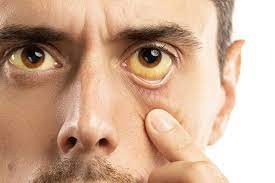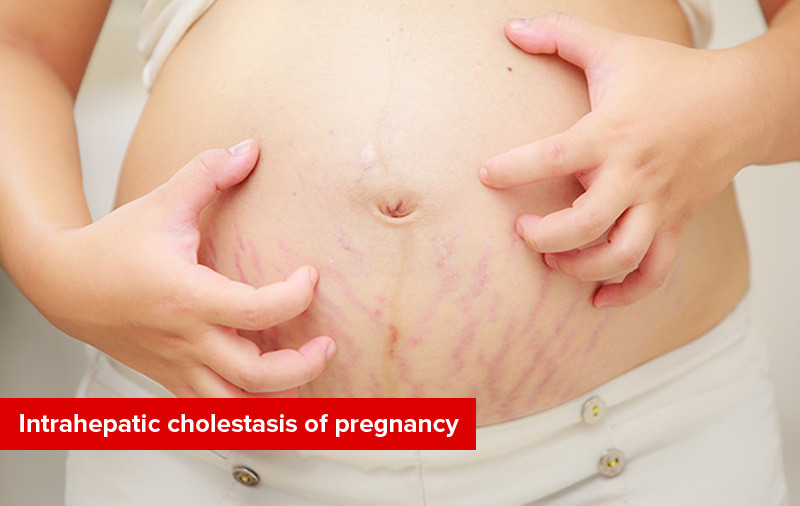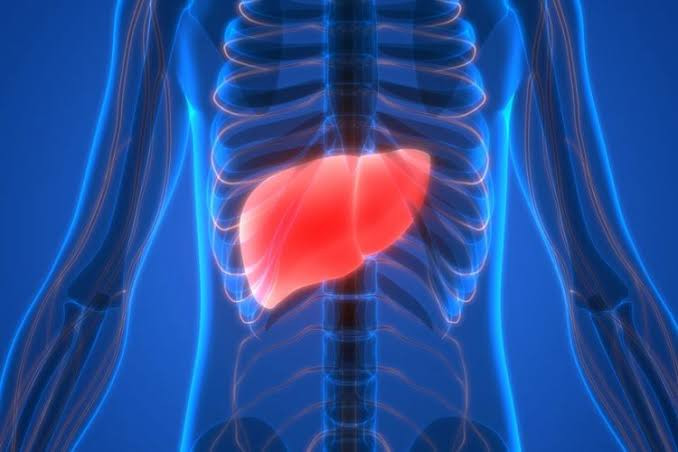Definition
Biliary obstruction is characterized by the blockage of the bile duct. The bile duct is a conduit that transports pancreatic secretions and bile to the small intestine. The liver is the primary producer of bile. These two bodily fluids are composed of several digestive enzymes. Numerous severe complications may ensue if this condition is not treated without delay.
Causes
Bile duct obstruction can be categorized into two types, depending on its location.
- Intrahepatic refers to within the liver.
- Hepatitis refers to inflammation of the liver.
- Liver fibrosis and cirrhosis
- Medications can obstruct bile flow, increasing the risk of gallstone formation or liver cell death.
- Extrahepatic (outside the liver)
- Obstruction in the bile duct.
- Cholelithiasis
- Bile duct cancer
- Malignant disease
- Biliary duct stenosis
- Parasite infection
- Cholangitis inflammation of the bile ducts
- Hepatobiliary diseases caused by HIV/AIDS
- Cholecystitis caused by TB infection
- Obstruction outside bile duct
- Bile duct compression by a tumor
- Pancreatitis (inflammation of the pancreas)
- Pancreatic cyst
- Enlargement of the gallbladder
- Obstruction in the bile duct.
Risk factor
The risk factors for biliary obstruction vary depending on the underlying etiology. Gallstones result in bile duct occlusion in 0.5% of individuals. Gallstones can either stay in the gallbladder or obstruct the bile ducts. This condition primarily affects women of childbearing age, individuals over 40, those who are obese, or those who have just had significant weight loss.
However, the underlying cause of hepatitis influences additional causes, including hepatitis itself. Viral hepatitis can manifest from unclean food consumption (hepatitis A), injection needle use, and direct contact with the blood of an infected individual (hepatitis B, C, and D).
The use of pharmaceuticals, such as tuberculosis medications, can cause hepatitis. Paracetamol and other substances that are used excessively may also contribute to the development of this condition.
Additionally, digestive organ malignancy can elevate the risk of bile duct obstruction.
Symptoms
Biliary obstruction is characterized primarily by yellow eyes and skin. The yellow pigment sclera is present in the white portion of the cornea. This phenomenon transpires due to the obstruction of the bile duct, which impedes the circulation of bilirubin. The accumulation of bilirubin causes the yellowing of the skin and sclera.
Additional symptoms that may manifest in addition to jaundice include:
- Generalized pruritus
- Upper right abdominal pain
- Fever
- Nausea and vomiting
- Severe fatigue
- Weight loss
- Loss of appetite
Diagnosis
An examination is performed to determine the etiology of biliary obstruction. Perform a direct examination to assess abdominal pain and identify potential symptoms of malignancy, such as enlarged lymph nodes. Moreover, direct inspection can reveal the presence of a mass or tumor in the abdomen, particularly in cases of pancreatic cancer, hepatitis-induced liver enlargement, or an enlarged spleen. Fever, chills, jaundice, and upper right abdomen pain may indicate cholangitis inflammation of the bile ducts.
Laboratory tests can determine the location of the obstruction. The initial test that can be conducted is a bilirubin test to determine this. If liver injury is suspected, testing for alkaline phosphatase (ALP) and gamma-glutamyl transpeptidase (GGT) can be conducted. Without these tests, liver enzyme testing can be conducted to assess liver damage. Blood clotting times can be assessed to identify possible complications associated with liver disease.
Imaging tests can identify the cause of obstruction in the bile ducts. Ultrasonography (USG) can be used to conduct the test, as it is cost-effective and can identify gallstones as the primary source of obstructions. If the facilities are sufficient, a computed tomography scan (CT scan) or magnetic resonance imaging (MRI) can be performed to investigate the origin of the obstruction if stones are not detected by ultrasound. At a well-equipped health facility, a doctor can use an endoscope or a tube with a camera to examine the bile ducts and identify obstructions.
Management
The primary objective of managing biliary obstruction is to eliminate or treat the underlying cause of the obstruction.
Gallstone removal can be performed using endoscopy or surgery. Typically, endoscopy is the preferred technique, but if gallstones reappear, surgery may be necessary to remove the gallbladder (cholecystectomy).
If the obstruction is due to malignancy, symptom management involves emptying bile fluid from the body. Doctors have to identify the stage of cancer to control it effectively. Surgery can remove the tumor, or if it's inoperable, treatment will involve chemotherapy and/or radiation therapy.
If a bile cyst causes an enlarged bile duct, a doctor may perform surgery to treat it.
The doctor may recommend medication for pain relief and perform an endoscopy in cases of biliary obstruction due to pancreatitis.
Treatment for biliary obstruction resulting from hepatic disorders will be specific to the underlying condition. If drug use is the cause of the symptoms, stopping the drug typically reduces them. For the treatment of viral hepatitis, the physician may prescribe antiviral medications.
Dietary modifications can help treat biliary obstruction's underlying causes. If you are overweight, consider losing weight gradually, as rapid weight loss can also contribute to the development of gallstones. Additionally, a low-sugar, low-saturated-fat diet may aid in treating the condition. Regular exercise and the consumption of high-fiber foods can both reduce the risk of gallstones and their complications.
Complications
Obstruction of the biliary tract can result in severe complications, including:
- Bile duct infection
- Liver disease
- Yellow or jaundice
- Diabetes
- Inflammation of the pancreas (pancreatitis)
- Vitamin deficiency
- Appetite loss and malabsorption (the body's incapacity to properly digest and ingest nutrients from food) are examples of digestive problems.
- Swelling of the gallbladder
- Gallbladder inflammation (cholecystitis)
- Cholangitis (inflammation of the bile ducts).
Prevention
Gallstones are the primary cause of biliary obstruction. To prevent gallstones, avoid foods high in fat and cholesterol, restrict sugar intake, and exercise regularly.
When to see a doctor?
If you observe yellow skin and yellow eye sclera, along with symptoms including nausea, vomiting, significant weight loss, diarrhea, generalized itching, or a history of frequent or excessive drug consumption, get medical attention promptly. Gallstones are the most prevalent cause of biliary obstruction, which has many causes. Untreated, this illness can have severe consequences and affect your digestive system.
- dr Hanifa Rahma
Bonheur, J. (2019). Biliary Obstruction: Background, Pathophysiology, Etiology. Retrieved 24 January 2022, from https://emedicine.medscape.com/article/187001-overview
Brennan, D. (2021). What Is a Biliary Obstruction?. Retrieved 24 January 2022, from https://www.webmd.com/digestive-disorders/what-is-a-biliary-obstruction
Coucke, E., Akbar, H., Kahloon, A., & Lopez, P. (2021). Biliary Obstruction. Retrieved 24 January 2022, from https://www.ncbi.nlm.nih.gov/books/NBK539698/












